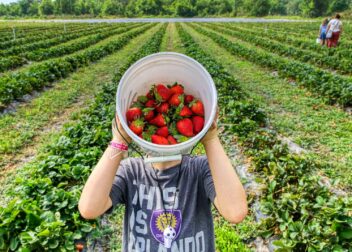United States Tariffs by Trump and Issues Farmers Could Face
The agricultural sector in the United States has long been the backbone of the economy. However, with the implementation of tariffs by former President Donald Trump, American farmers have faced a new set of challenges that continue to affect their livelihoods in 2025. These tariffs, primarily targeting imports from countries like China, have led to retaliatory measures, affecting the export of American agricultural products.
One of the most significant issues farmers face due to these tariffs is the decline in export demand. Countries that once heavily relied on American soybeans, corn, and dairy products have turned to other suppliers, reducing the market share for U.S. farmers. This shift not only decreases revenue but also leads to surplus production that cannot be easily absorbed domestically.
Additionally, the increased cost of imported agricultural equipment and raw materials has placed financial strain on small and medium-sized farms. Essential items such as fertilizers, machinery parts, and seeds have seen price hikes, further squeezing profit margins. As a result, many farmers are forced to either absorb these costs or pass them on to consumers, which can reduce competitiveness.
The tariffs have also impacted farm labor. With the reduction in export-driven demand, many farms have had to cut back on hiring seasonal workers, leading to job losses in rural communities. This not only affects the agricultural workforce but also the local economies that rely on farm income.
To navigate these challenges, farmers are increasingly turning to alternative markets and innovative farming practices. Diversifying crops, investing in sustainable agriculture, and exploring direct-to-consumer sales channels are some of the strategies helping farmers stay afloat. Additionally, seeking support from government aid programs and cooperative initiatives can provide much-needed financial relief.



